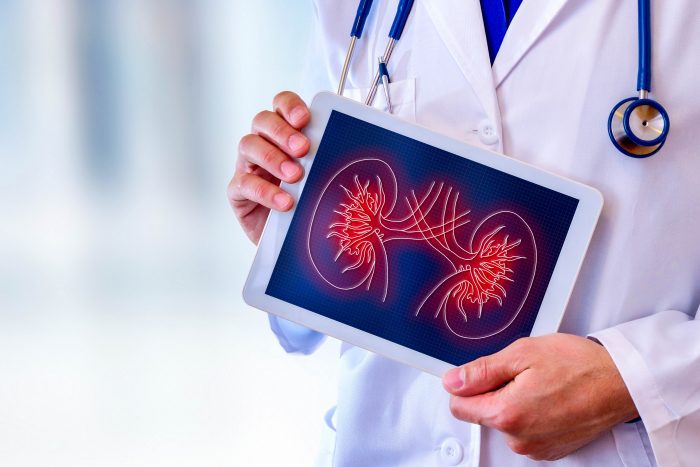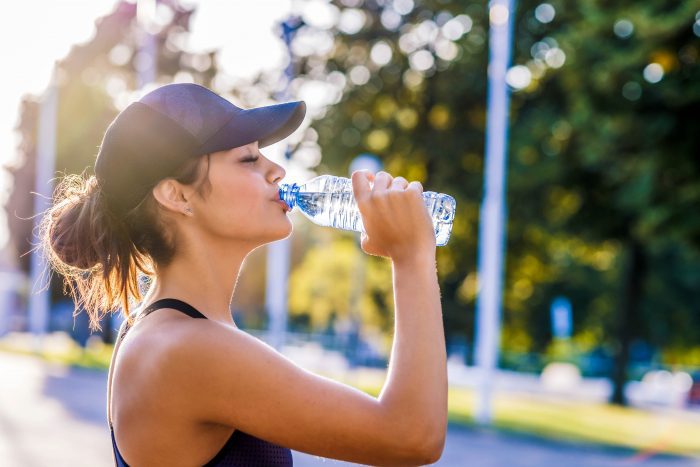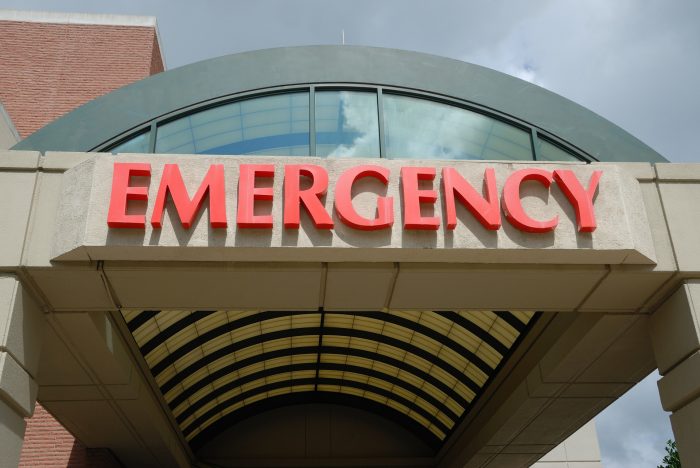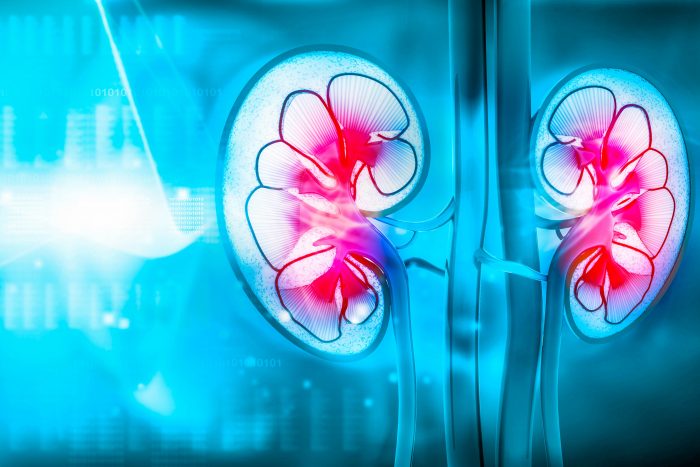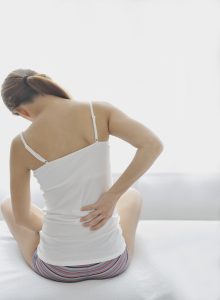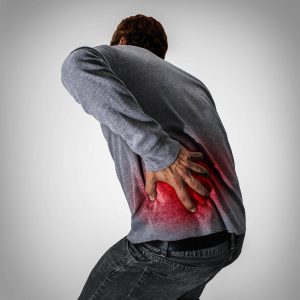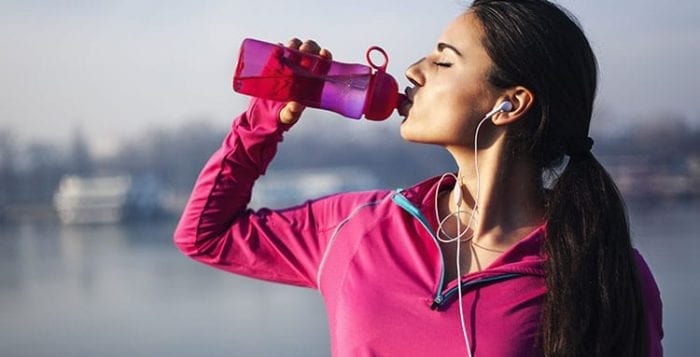By David Dunaief, M.D.

How do you know you have a kidney stone? Most often, you’ll have classic symptoms of blood in the urine and pain. The pain can range from dull to extremely painful, described by some as being worse than giving birth, being shot or being burned, and it might radiate from the kidneys to the bladder and even to the groin in males, depending on the obstruction (1).
Stones are usually diagnosed by a physician through the symptoms, urine tests, and either an abdominal x-ray, a non-contrast CT scan, or an ultrasound.
Unfortunately, the first line treatment for passing kidney stones – at least small ones – involves supportive care. This means that patients are given pain medications and plenty of fluids until the stone passes. Usually stones that are smaller than four millimeters pass spontaneously. If they’re close to the opening of the urethra, they are more likely to pass on their own (2).
In the case of a stone too large to pass naturally, a urologist may use surgery, ultrasound, or a combination of methods to break it into smaller pieces, so you can pass it naturally.
Unfortunately, once you’ve formed one stone, your likelihood of having more increases significantly over time. The good news is that there are lifestyle changes you can make to reduce your risk.
The number one cause of kidney stones is lifestyle factors, including excessive animal protein or salt intake or too little consumption of items like citrate, fiber, and alkali foods, such as leafy greens and other non-starchy vegetables (3).
Stay hydrated
First, it is crucial that you stay hydrated by drinking plenty of fluids (4). You can help yourself in this process by consuming plenty of fruits and vegetables that are moisture-filled.
Reduce calcium supplements
One of the simplest methods is to reduce your intake of calcium supplements, including foods fortified with calcium. There are several types of stones. Calcium oxalate stones are the most frequent type, occurring approximately 80 percent of the time (5). Calcium supplements, therefore, increase the risk of kidney stones.
When physicians started treating women for osteoporosis with calcium supplements, the rate of kidney stones increased by 37 percent (6). According to findings from the Nurses’ Health Study, those who consumed highest amount of supplemental calcium were 20 percent more likely to have kidney stones than those who consumed the lowest amount (7). It did not matter whether study participants were taking calcium citrate or calcium carbonate supplements.
Interestingly, calcium from dietary sources has the opposite effect, decreasing risk. In the same study, participants who consumed the highest amount of dietary calcium had a 35 percent reduction in risk, compared to those who were in the lowest consumption group. Paradoxically, calcium intake shouldn’t be too low, either, since that also increases risk. Changing your source of calcium is an important key to preventing kidney stones.
Lower your sodium intake
Again, in the Nurses’ Health Study, participants who consumed 4.5 grams of sodium per day had a 30 percent higher risk of kidney stones than those who consumed 1.5 grams per day (7). Why would that be? Increased sodium causes increased urinary excretion of calcium. When there is more calcium going through the kidneys, there is a higher risk of stones.
Reduce your animal protein consumption
Animal protein may play a role. In a five-year, randomized clinical trial of men with a history of kidney stones, men who reduced their consumption of animal protein to approximately two ounces per day, as well as lowering their sodium, were 51 percent less likely to experience a kidney stone than those who consumed a low-calcium diet (8).
The reason animal protein may increase the risk of calcium oxalate stones more than vegetable protein is that animal protein’s higher sulfur content produces more acid. The acid is neutralized by release of calcium from the bone (9). That calcium then promotes kidney stones.
Manage your blood pressure
Some medical conditions may increase the likelihood of stone formation. For example, in a cross-sectional study with Italian men, those with high blood pressure had a two times greater risk of kidney stones than those who had a normal blood pressure (10). Amazingly, it did not matter whether or not the patients were treated for high blood pressure with medications; the risk remained. This is just one more reason to treat the underlying cause of blood pressure, not just the symptoms.
While the causes of kidney stones are complex, making relatively simple lifestyle changes is the most constructive way to avoid the potentially excruciating experience of kidney stones. The more that you implement, the lower your likelihood of stones.
References:
(1) emedicine January 1, 2008. (2) J Urol. 2006;175(2):575. (3) Adv Urol. 2018; 2018: 3068365. (4) J Urol. 1996;155(3):839. (5) N Engl J Med. 2004;350(7):684. (6) Kidney Int 2003;63:1817–23. (7) Ann Intern Med. 1997;126(7):497-504. (8) N Engl J Med. 2002 Jan 10;346(2):77-84. (9) J Clin Endocrinol Metab. 1988;66(1):140. (10) BMJ. 1990;300(6734):1234.
Dr. David Dunaief is a speaker, author and local lifestyle medicine physician focusing on the integration of medicine, nutrition, fitness and stress management. For further information, visit www.medicalcompassmd.com or consult your personal physician.


